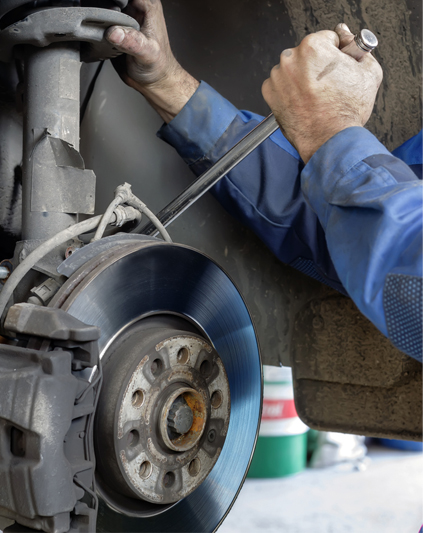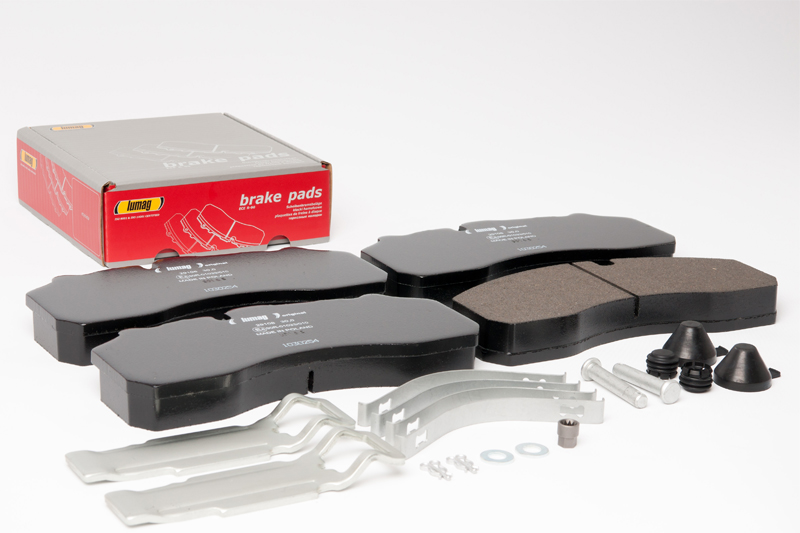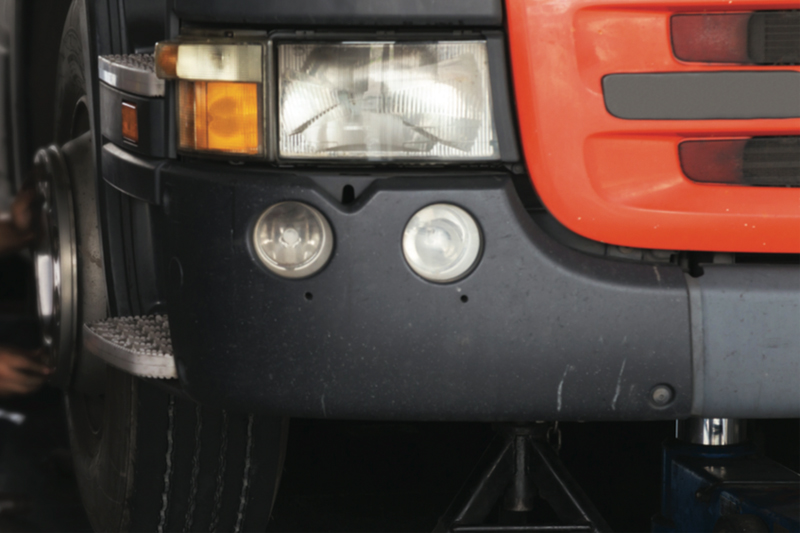A brake drum is an important component that is critical to the proper operation of a commercial vehicle’s braking system. Excessive wear of the brake drum can lead to brake failure, which is why regular inspection and periodic replacement is crucial. Brake friction supplier, Lumag, advises on how to spot potential damage.
Brake contact surface erosion
SIGNS: The brake drum is showing signs of minor surface rust on the brake contact surface.
CAUSES: If moisture penetrates the brake as a result of cleaning with high-pressured cleaners or during wet weather, particularly near the sea, surface rust could form on the brake contact surface, in some cases, within a few hours.
POSSIBLE EFFECTS: There is no detrimental effect on the braking power and the component service life caused by the surface rust, as this minor rusting is worn away during subsequent braking operations.
REMEDY: No particular remedial action is required in the case of the formation of surface rust.
Scorches and heat cracks
SIGNS: Scorches or heat cracks occur on the brake contact surface and are caused by thermal stress or overloading. This can be shown, for example, with white colouration of the burnt coating or a prominent reddish layer of corrosion, on the outer surface of the drum.
CAUSES: Heat cracks and scorches are signs of a thermally high loaded or overloaded brake. This is often caused by severe braking at high speeds – it occurs particularly frequently during inappropriate and aggressive driving. The brake contact surface is heated up considerably and rapidly, while the outer area of the brake drum is still relatively cold. These differences in high temperature result in a plastic deformation of the inner surface, resulting in visible cracks which occur during cooling.
POSSIBLE EFFECTS: Surface cracks which do not extend right up to the edge area of the brake drum are signs of a brake which is being subjected to considerable stresses for a short period of time. The edges of the heat cracks projecting from the brake contact surface considerably wear the brake linings, so that the latter reach their wear limit much quicker.
Deeper cracks extending into the edge area of the brake contact surface or which connect together to form longer cracks drastically compromise and actually reduce the brake drum’s stability. Such cracks can, in extreme cases, lead to the fracture of the brake drum.
REMEDY: Replacement is the only option in the case of brake drums with severe crack formation. This type of overloading can be avoided entirely with better and more appropriate driving.
Scoring and uneven wear due to dirt penetration
SIGNS: Pronounced scoring on the entire brake contact surface of the brake drum and on the brake lining. The brake drum’s wear may be extremely high in relation to that of the brake linings. The wear limit has already been achieved and even exceeded after covering a relatively short distance.
CAUSES: The cause of such damage is generally driving on sandy and dusty roads with damaged or missing dust covers. The dirt that is kicked up can get into the brakes and lodge itself between the brake linings and brake drum.
Sand and dust particles cannot penetrate the hard steel of the drum, but can wear it down if it remains on the surface. The brake lining, on the other hand, is made of softer material. The sand particles become embedded in the material’s surface. If the lining is in contact with the drum wall during braking, it acts like sandpaper on the brake contact surface, so that the brake drum wears relatively quickly, resulting in greater wear of the brake drum and in scoring.
POSSIBLE EFFECTS: As the wear increases, an edge is formed on the outer edge of the brake drum, which keeps the sand in the brake, therefore further increasing the abrasion.
REMEDY: Badly uneven brake drums must be replaced. It is crucially important that the dust covers are in perfect condition, particularly when operating on unpaved roads. Stone chips can result in deformations and damage to covers, through which dirt is able to penetrate and damage the brakes. The condition of the dust covers must also be regularly checked.

Cold fracture of a brake drum
SIGNS: The original coat of the fractured brake drum is in place, which shows that the brake drum has only experienced slight thermal loads or even none at all; mileage is low.
CAUSES: Hairline cracks in the brake drum can occur as a result of poor handling, severe impacts or other use of force during the transportation of the axle. If these are only very small or inside the structure, it is possible for them to be overlooked when the brake drums are fitted on the vehicle.
POSSIBLE EFFECTS: The scarcely visible hairline crack can expand in the material during heavier braking and, consequently, destroy the brake drum.
REMEDY: If such damage exists, immediate replacement of the brake drum is necessary. If there is any suspicion of damage prior to installation of the brake drum, for safety reasons it should not be used. Despite their robust construction, careful handling of axles and brake drums is essential, in order to avoid causing prior damage to them.










